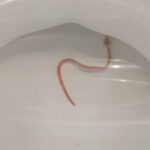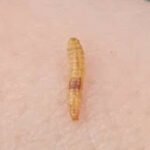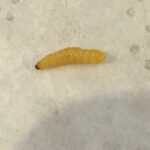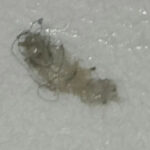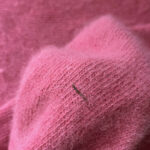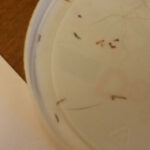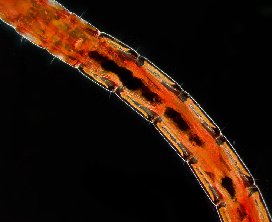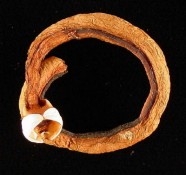
Picture this: you are in the Philippines floating around on a boat. You arrive at some rotting mangroves. Your guide takes a hatchet and chops down a branch to pull out of the water. You notice tube-like holes on the end that was submerged in water. The guide then cuts the branch down the middle to reveal all of these tube-like holes. Each hole is filled with what looks like a giant, grey, slimy worm. The guide picks up one of these creatures, rips off a tiny shell, dips its body in a bowl of vinegar and eats it on the spot. Are you disgusted? Fascinated? Curious about how it tastes? Or all of the above?
This mysterious specimen is known as Tamilok in the Philippines, and it is considered a delicacy in some places. Tamilok are also known by a few other names: shipworms, mangrove snakes, Teredo worms, and sea termites. These specimens are not worms or snakes though, they are mollusks, a.k.a saltwater clams! Tamilok have long, naked bodies that are usually about a foot long (or even longer!) when fully grown. They have a tiny bivalve shell on their anterior end, which they use for excavating wood…which leads us to one of their nicknames: sea termites!
Tamilok eat dead and decaying wood, tunneling through it in the same voracious manner that termites might. In the Philippines they are mostly associated with rotting mangroves, but these shipworms also eat wooden materials that are immersed in seawater like wooden docks or the hulls of wooden ships. They live in waters with ocean salinity, so they aren’t an issue in lakes or ponds. They can survive in a wide range of temperatures, and though Tamilok originated in the northeast Atlantic ocean, they are now found throughout oceans and seas of the world.
So, we’re sure you are now dying to try Tamilok, which is rumored to taste a bit like an oyster. In the Philippines, Tamilok is eaten a few different ways. In the scene we described above, a fisherman ate the creature right after harvesting it. Since Tamilok die once they are exposed to air, devouring a Tamilok immediately after pulling it from its tube doesn’t equate to eating it alive! At a restaurant or on the streets you may also eat Tamilok served cooked, known as buttered Tamilok, or Tamilok served raw which is known as kinilaw (a.k.a. Tamilok ceviche.) Whichever way you choose to enjoy Tamilok, most people recommend swallowing it whole, and using a combination of vinegar, onions, garlic, and peppers to flavor it. Finally, these shipworms are actually pretty healthful! They are a rich source of vitamin A, iron, calcium, vitamin B12, and zinc. Tamilokis also a good source of protein and believed to be an aphrodisiac!
So, if you ever find yourself in the Philippines, we encourage you to try this delicacy, be it raw or cooked! If any of our readers have had experiences eating Tamilok, we invite them to share their story in the comment section of this article.
All About Worms is always free, always reader-supported. Your tips via CashApp, Venmo, or Paypal are appreciated! Receipts will come from ISIPP Publishing.
You might also find these guys interesting!




